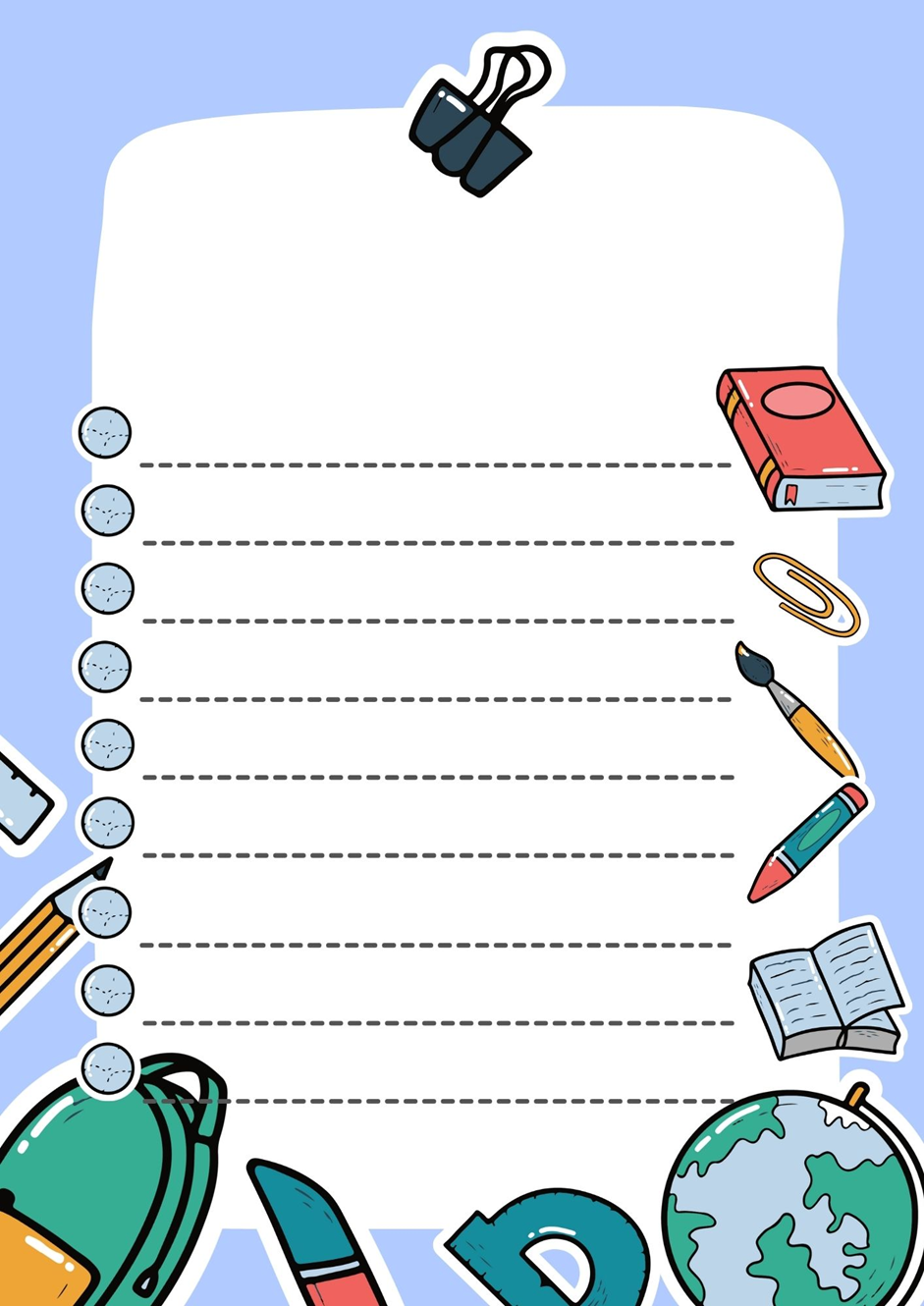The Best note Making Strategies for Students
Effective note-making is not just a skill, but a key to
unlocking academic excellence. Good notes are the stepping stones to better
understanding, retaining, and revising key concepts, leading to improved
performance in exams and assignments. With various strategies available,
finding the most effective method can transform your study habits and academic
results. This guide explores some of the best note-making strategies customized
for students, designed to ease your study process and maximize retention. From
organizing information efficiently to using mnemonic devices, these techniques
are widely adopted by students in Top
schools in Bangalore and beyond. By integrating these strategies into
your routine, you can elevate your note-making skills and achieve greater
success in your studies.
Effective Strategies for Making Best Notes
Below are some tips for students to make notes that can help
them during exams.
Use the Cornell Method
The Cornell Method divides your note paper into three
sections: notes, cues, and summary. During lectures, write notes in the largest
section. After the lecture, jot down key terms or questions in the cues
section. Finally, summarize the main ideas at the bottom. This method helps in
organizing information and enhances review efficiency.
Adopt the Outline Method
This strategy involves creating a structured outline with
headings and subheadings to organize information hierarchically. Start with
main topics and add subtopics and details underneath. This method is effective
for subjects with clear, structured content and helps in retaining the logical
flow of information.
Incorporate Mind Mapping
Mind maps are visual diagrams that represent information
around a central concept. Use branches to connect related ideas, keywords, and
concepts. This method is particularly useful for visual learners and helps in
understanding the relationships between different pieces of information.
Utilize the Charting Method
Create charts or tables to organize information
systematically. This method is useful for subjects that involve comparisons or
multiple categories. By placing information in columns and rows, you can easily
compare and contrast data, which is particularly beneficial for subjects like
history or science.
Use the SQ3R Technique
SQ3R stands for Survey, Question, Read, Recite, and Review.
Start by surveying the material to get an overview, then formulate questions
based on the headings. Read the content thoroughly, recite or summarize it in
your own words, and finally, review the notes to reinforce your understanding.
This technique improves comprehension and retention.
Conclusion
Mastering effective note-making strategies is essential for
academic success. By utilizing methods such as the Cornell Method, outlining,
mind mapping, charting, and the SQ3R technique, students can organize
information better, enhance understanding, and improve retention. Digital tools
further ease the note-taking process, offering flexibility and convenience.
Schools like the HDFC School exemplify
excellence in education by incorporating these effective study techniques into
their curriculum, preparing students for success. With a strong focus on
holistic development and innovative teaching methods, the HDFC School provides
an environment where students can thrive academically. Embracing these
note-making strategies can significantly enhance your learning experience and
contribute to achieving your educational goals.










Comments
Post a Comment